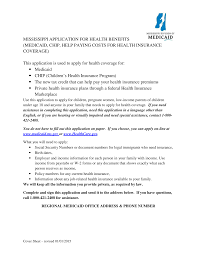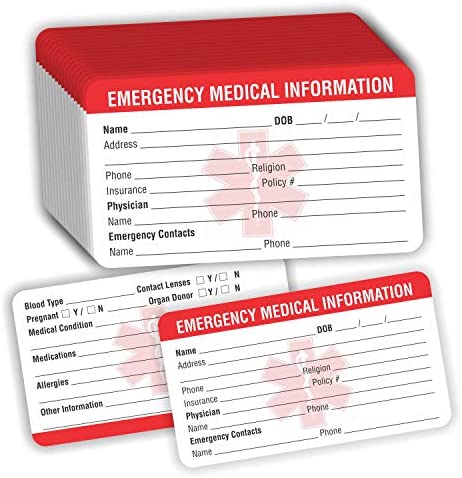
Emergency medical insurance can cover the costs of medical care when you're in need of immediate medical attention. However, it may not cover you when you need to go to an out-of-network hospital. The out-of–network hospital is not subject to prior approval by your insurance company. However, you need to be aware that there are certain rules and requirements before you use their services.
Catastrophic coverage for health
Catastrophic insurance plans pay for emergency medical bills in case of a catastrophe. These policies cover covered medical expenses up to the deductible, but the catastrophic plan covers the entire bill if you are admitted to hospital or have surgery. These plans cover emergency care, but also provide preventative care and primary care visits.
For those who do not have major medical coverage, catastrophic coverage for emergency insurance can be a good choice. Catastrophic policies are generally affordable and cost less monthly. They also tend to have higher deductibles, but they're usually not as high as traditional medical insurance plans. They are ideal for people who have no income or are not insured.

Catastrophic travel medical insurance
You might consider a catastrophic plan if you are searching for low-cost travel medical insurance. These plans are great for protecting yourself against the worst. They have high deductibles and low monthly premiums. But, you must keep in mind that you will still have to pay for all medical expenses until you reach your annualdeductible. It is usually around a few thousand.
While a catastrophic travel medical insurance plan may offer affordable coverage, it is not the best option for everyone. Basic catastrophic plans only cover emergencies and may not be appropriate for chronic illnesses. They may not be suitable for senior citizens who regularly need medical supervision. They might not be able to cover preventive services such as an annual check-up.
Temporary non-immigrant coverage
Non-immigrant students and temporary non-immigrant citizens of the U.S. can have emergency medical coverage. This policy covers emergency medical conditions that require immediate medical attention. However, the policy does not cover preventive care. Pre-approval is recommended if you are not sure if you are eligible. This will allow for you to get a pre-approval letters up to 12 month in advance. To enroll, go online or call 311 to learn more about the application process. Also, you will need to show proof of your identity, income, or State residency.
Additionally, some temporary non-immigrants may be eligible for Medicaid emergency care. They will need to verify their immigration status with the USCIS. Although your documents might be expired, this does not mean that you cannot receive emergency medical treatment.

Cost-sharing with emergency medical insurance
If you require emergency medical attention and don't currently have the correct insurance coverage, then you may need to pay fees outside your network. This applies to emergency care, hospitalization, and emergency room services. These emergency room expenses include hospital bills, and any other bills that may be incurred by doctors or other providers who aren't in-network. This includes in-hospital services such as pathology and anesthesia provided by doctors not in network.
Most health plans have some form of cost-sharing, or out-of-pocket costs. The type of health plan and service will determine the cost of these services. Cost sharing is generally in the form a copayment or coinsurance. There are copayments and maximum deductible amounts that are listed in the policy. In some cases, you will need to pay a fee for an emergency room visit.